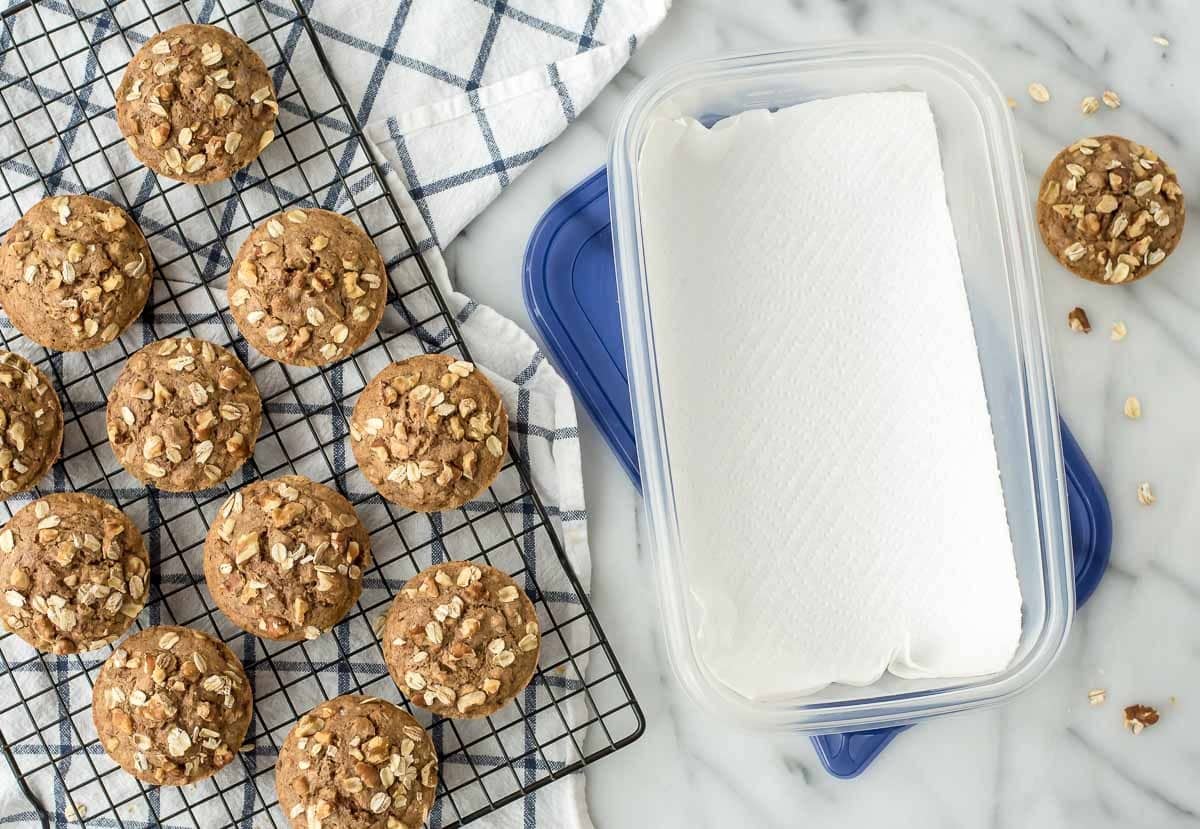

Articles
How To Store Muffins
Modified: December 7, 2023
Learn how to store muffins with our helpful articles. Proper storage techniques will keep your muffins fresh and delicious for longer periods of time
(Many of the links in this article redirect to a specific reviewed product. Your purchase of these products through affiliate links helps to generate commission for Storables.com, at no extra cost. Learn more)
Introduction
When it comes to homemade muffins, there’s nothing quite like biting into a freshly baked, warm treat. But what if you find yourself with more muffins than you can eat in one sitting? Whether you’re planning ahead for breakfast or have leftovers from a baking spree, knowing how to properly store muffins is essential to keeping them fresh and delicious.
In this article, we will guide you through the process of storing muffins to maintain their taste and texture. We will cover everything from choosing the right container to freezing and thawing methods, as well as long-term storage options. By the end, you’ll be equipped with the knowledge to ensure that your muffins stay moist and flavorful, even days after they come out of the oven.
So, let’s embark on this muffin storage journey and discover the best practices to keep your baked goodies at their peak!
Key Takeaways:
- Properly storing muffins is essential for maintaining their freshness and flavor. From choosing the right container to freezing and long-term storage options, these tips will ensure your homemade treats stay delightful for days or even months.
- Whether you’re a baking enthusiast or simply want to enjoy your muffins over time, following the right storage techniques is key. From cooling muffins completely to avoiding refreezing, these tips will help you savor your homemade delights with confidence.
Read more: How To Store Pumpkin Muffins
Choosing the Right Container
When it comes to storing muffins, selecting the right container is crucial to preserving their freshness. The ideal container should be airtight, preventing any moisture from seeping in and causing the muffins to become dry or stale. Additionally, it should provide enough space to prevent the muffins from getting squished.
There are various container options to choose from, but some of the best choices include:
- Plastic containers with tight-fitting lids: These containers are lightweight, durable, and easily stackable, making them a convenient choice for storing muffins.
- Ziplock bags: If you’re short on space or need a temporary storage solution, ziplock bags can do the trick. Make sure to remove as much air as possible before sealing.
- Glass containers with silicone or rubber seals: Glass containers provide a more eco-friendly option and are perfect for those who prefer to avoid plastic. Look for containers with silicone or rubber seals to ensure an airtight fit.
No matter which container you choose, make sure it is clean and dry before storing your muffins. Any residual moisture can contribute to mold growth or make the muffins soggy.
If you don’t have a suitable container on hand, you can also use an airtight plastic wrap or aluminum foil to tightly cover the muffins. This makeshift method helps keep them fresh, although it may not provide the same level of protection as a dedicated container.
Now that you know what type of container to use let’s move on to preparing the muffins for storage.
Preparing Muffins for Storage
Before you place your muffins in the chosen container, it’s important to prepare them adequately. Taking a few extra steps will help maintain their taste and texture, ensuring a delightful experience when you’re ready to enjoy them.
Here are some tips for preparing muffins for storage:
- Cool them completely: Allow your freshly baked muffins to cool completely on a wire rack. Placing warm muffins in a sealed container can create condensation, leading to moisture buildup and potential mold growth. Patience is key!
- Wrap each muffin individually (optional): For added protection, you can wrap each muffin individually in plastic wrap or wax paper before placing them in the storage container. This will help maintain their shape and prevent them from sticking together.
- Add a moisture absorber (optional): If you live in a humid climate or anticipate storing your muffins for an extended period, you can add a moisture absorber such as a silica gel packet or a piece of bread to the container. This will help absorb excess moisture and prevent the muffins from becoming soggy.
By taking these steps to prepare your muffins, you’ll significantly increase their shelf life and ensure they retain their deliciousness.
Now that your muffins are ready for storage, let’s explore the various methods of storing them at room temperature.
Storing Muffins at Room Temperature
If you plan to enjoy your muffins within a couple of days, storing them at room temperature is a convenient option. However, it’s important to ensure that they are properly protected to maintain their freshness and prevent them from drying out.
Follow these steps to store muffins at room temperature:
- Place the muffins in an airtight container: Transfer the cooled muffins to a clean and dry airtight container. Make sure the container is the appropriate size, allowing some space to avoid crushing the muffins.
- Store in a cool, dark place: Find a cool spot in your kitchen away from direct sunlight, as exposure to heat can cause the muffins to spoil more quickly. The pantry or a cupboard are ideal storage locations.
- Check for freshness: Periodically check your stored muffins for any signs of mold or staleness. If you notice any, discard those muffins immediately to prevent contamination of the others.
Muffins stored at room temperature can generally stay fresh for about 2 to 3 days. However, keep in mind that the exact shelf life may vary depending on the specific recipe and ingredients used. It’s always best to rely on your senses to determine whether a muffin is still good to eat.
If you have an abundance of muffins or need to store them for a longer period, freezing is an excellent option to extend their shelf life. Let’s find out more about that in the next section.
Freezing Muffins
Freezing muffins is a fantastic way to preserve their freshness for an extended period. By following the proper freezing techniques, you can enjoy your favorite muffins months later as if they were just baked.
Here’s how to freeze muffins:
- Cool the muffins: Allow the muffins to cool completely on a wire rack before freezing. Freezing warm muffins can result in moisture buildup, leading to a loss of texture and flavor.
- Wrap individually: Wrap each muffin individually in plastic wrap or aluminum foil. This step prevents freezer burn and helps maintain their moisture and taste.
- Place in a freezer-safe bag or container: Transfer the individually wrapped muffins to a freezer-safe bag or container. Remove as much air as possible from the bag before sealing it to help preserve the muffins’ quality.
- Label and date: To keep track of the freezer storage time, label the bag or container with the type of muffins and the date they were frozen.
When freezing muffins, it’s essential to keep in mind that they should be consumed within 2 to 3 months for the best quality. While frozen muffins can last longer, they may begin to lose their texture and taste over time.
Now that you’ve learned the freezing process, let’s move on to thawing your frozen muffins when you’re ready to enjoy them.
Store muffins in an airtight container at room temperature for up to 2 days. For longer storage, freeze them in a resealable plastic bag for up to 3 months. Thaw at room temperature when ready to eat.
Read more: How To Store Blueberry Muffins
Thawing Frozen Muffins
When it’s time to enjoy your frozen muffins, there are a few different methods for thawing them. Each method has its advantages, so choose the one that suits your timeline and preferences.
Here are some ways to thaw frozen muffins:
- Thaw at room temperature: The simplest method is to let the muffins thaw at room temperature. Remove them from the freezer and place them on a plate or wire rack. Allow them to thaw for a few hours or until they reach room temperature. This method retains the best texture and flavor.
- Warm in the oven: If you prefer your muffins warm, preheat your oven to a low temperature (around 300°F or 150°C). Place the frozen muffins on a baking sheet and warm them in the oven for 10-15 minutes. Keep a close eye on them to prevent overcooking.
- Use the microwave: If you’re short on time, you can use the microwave to thaw your muffins. Wrap individual muffins in a damp paper towel and microwave them on low power in 20-second intervals until they are thawed. Be careful not to overheat, as it can make the muffins rubbery.
Regardless of the method you choose, avoid refreezing thawed muffins. It can cause the texture to become rubbery, and the flavor may be compromised.
With these thawing methods, you can enjoy your frozen muffins with ease. But what if you need to store muffins for an even longer time? Let’s explore some long-term storage options in the next section.
Long-Term Storage Options
If you find yourself in a situation where you need to store muffins for an extended period, there are a couple of long-term storage options worth considering. These methods are great for preserving muffins beyond the typical shelf life or freezing period.
Here are two long-term storage options for muffins:
- Vacuum sealing: Vacuum sealing is an effective method for long-term storage. Using a vacuum sealer, remove all the air from the specially designed vacuum bags. This process helps prevent freezer burn and extends the shelf life of your muffins. Once sealed, store the vacuum-sealed muffins in the freezer until you’re ready to enjoy them.
- Canning: Another option is canning your muffins. This method involves baking the muffins in canning jars, sealing them while still hot, and creating a vacuum seal as they cool. Properly canned muffins can last up to a year on the shelf. However, it’s important to follow the correct canning procedures to ensure food safety.
Long-term storage methods like vacuum sealing and canning require additional equipment and preparation. They are ideal for those who want to store a large quantity of muffins or prefer the convenience of having ready-to-eat snacks available for an extended period.
Remember to label and date your vacuum-sealed bags or canned muffins for easy identification and proper rotation.
Now that you’re equipped with various storage options, let’s conclude with some essential tips for proper muffin storage.
Tips for Proper Muffin Storage
To ensure that your muffins stay fresh and delicious, it’s important to follow these tips for proper muffin storage:
- Store muffins in an airtight container: Use airtight containers to keep out moisture and air, which can cause muffins to become stale or dry.
- Choose the right container size: The container should provide enough space to prevent the muffins from getting squished, but not too much space to allow air circulation.
- Cool muffins completely: Allow freshly baked muffins to cool completely before storing them to avoid condensation and moisture buildup.
- Wrap individually for added protection: Wrap each muffin individually in plastic wrap or wax paper to prevent them from sticking together and maintain their shape.
- Consider adding a moisture absorber: In humid climates or for long-term storage, add a moisture absorber like a silica gel packet or a piece of bread to help prevent muffins from becoming soggy.
- Label and date containers: Properly label and date the containers or bags holding the muffins for easy identification and rotation.
- Store at the right temperature: Choose a cool, dark place to store muffins at room temperature, and make sure the freezer is set to 0°F (-18°C) or below for frozen storage.
- Avoid refreezing thawed muffins: Once muffins have been thawed, it’s best to consume them rather than refreezing them, as it can affect the texture and taste.
- Regularly check for freshness: Periodically inspect stored muffins for any signs of mold or staleness. If any are found, discard them immediately to prevent contamination.
By following these tips, you can maximize the shelf life of your muffins and enjoy them at their best, whether they are stored at room temperature or in the freezer.
Now that you’re armed with the knowledge of proper muffin storage, go ahead and bake to your heart’s content, knowing that your muffins will stay fresh and delightful!
Conclusion
Properly storing muffins is key to keeping them fresh, moist, and delicious for as long as possible. Whether you have a few leftover muffins or want to stock up for future enjoyment, following the right storage techniques will ensure that your baked treats maintain their quality.
From choosing the right container and preparing muffins for storage to exploring various storage methods like freezing and long-term options, we’ve covered all the essential information you need to know. Remember to cool your muffins completely before storing them, use airtight containers or wraps, and consider adding moisture absorbers when necessary.
If you prefer storing at room temperature, find a cool, dark place away from direct sunlight. For longer storage, freezing is an excellent option, and vacuum sealing or canning can extend the shelf life even further.
To maintain the best texture and taste, avoid refreezing muffins once they have been thawed and regularly check for freshness to prevent any spoilage. By following these tips, you can ensure that your muffins remain a delightful treat, whether enjoyed right away or saved for later.
Now that you’re equipped with the knowledge of how to store muffins properly, there’s no need to worry about wasting leftover muffins or sacrificing their quality. Bake with confidence, knowing that you can savor your homemade muffins for days or even months to come!
Frequently Asked Questions about How To Store Muffins
Was this page helpful?
At Storables.com, we guarantee accurate and reliable information. Our content, validated by Expert Board Contributors, is crafted following stringent Editorial Policies. We're committed to providing you with well-researched, expert-backed insights for all your informational needs.

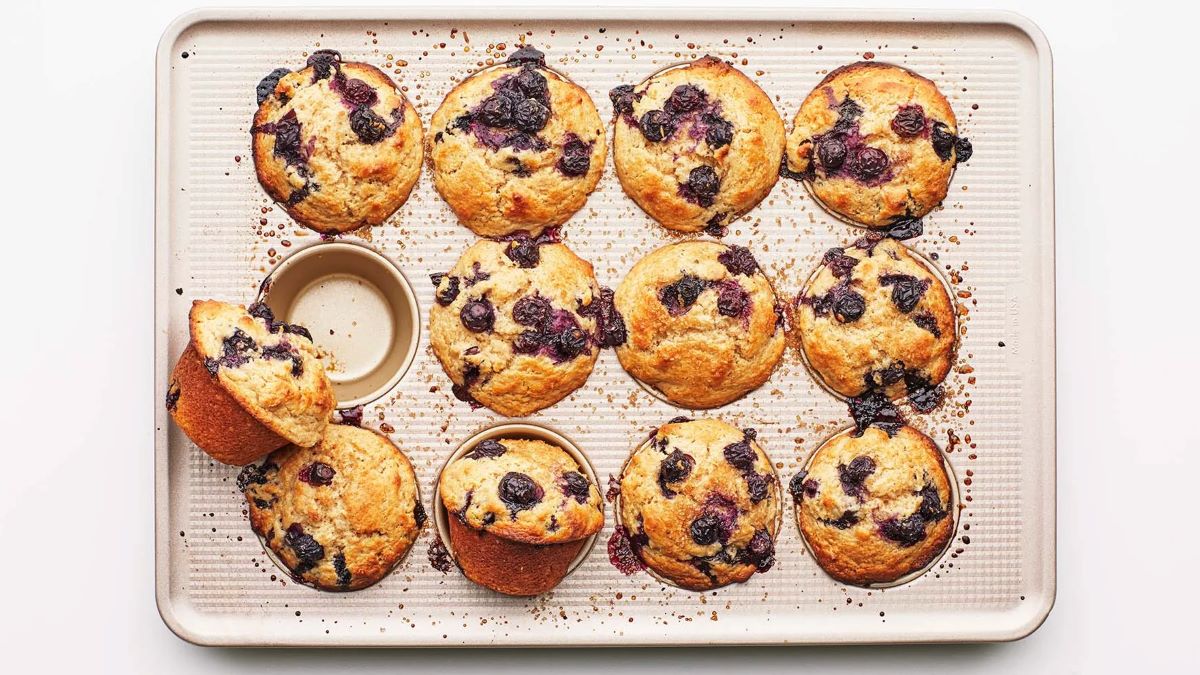

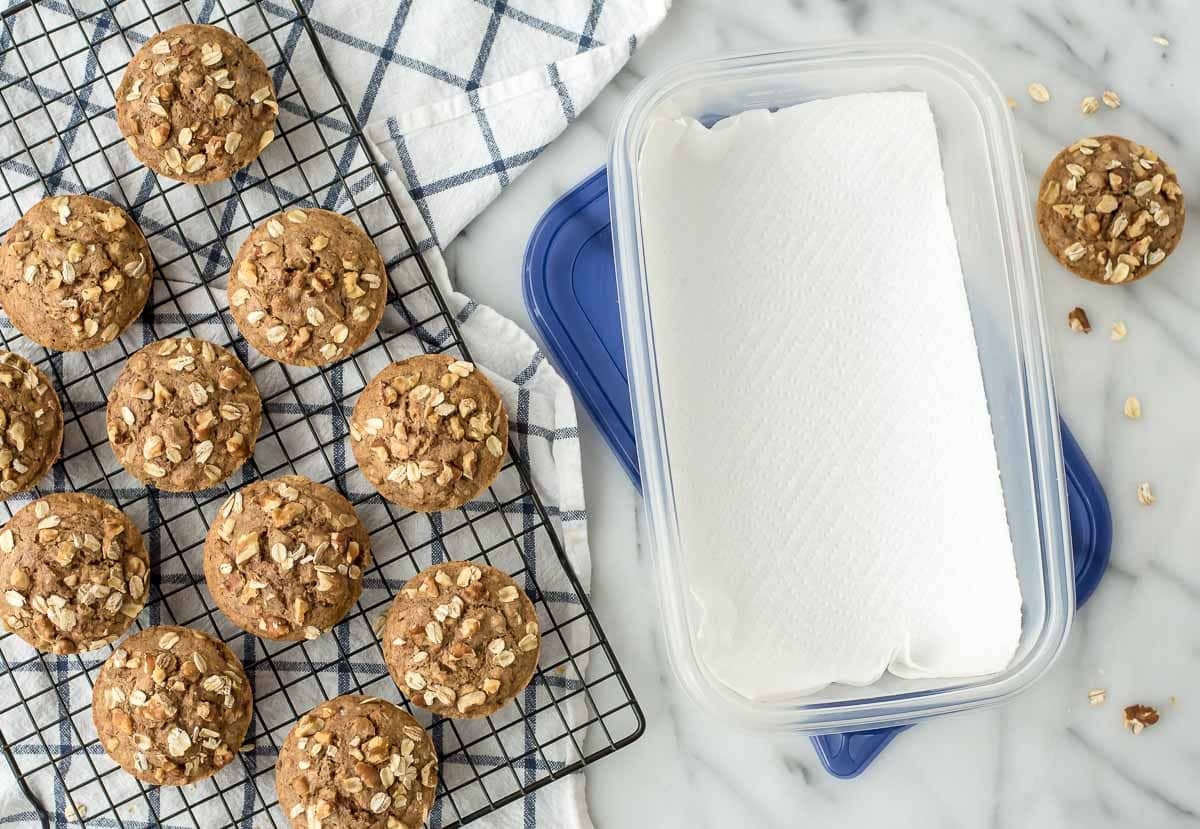
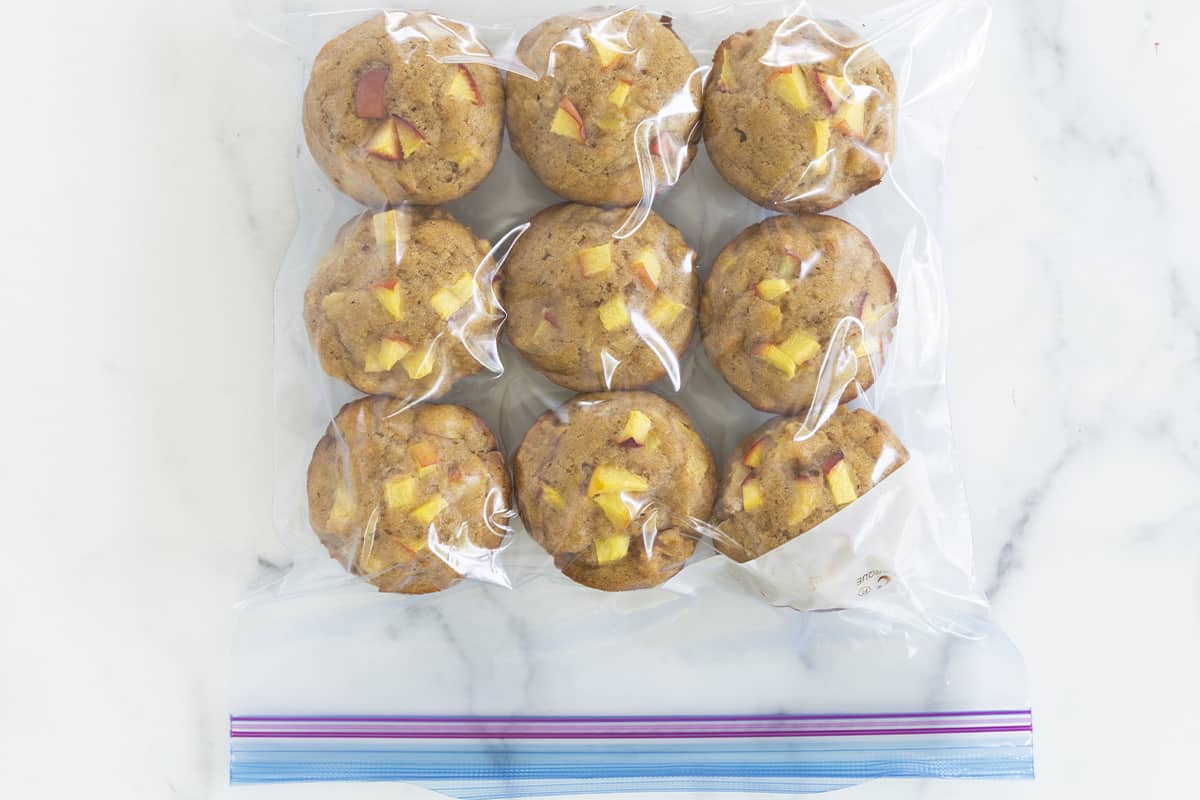

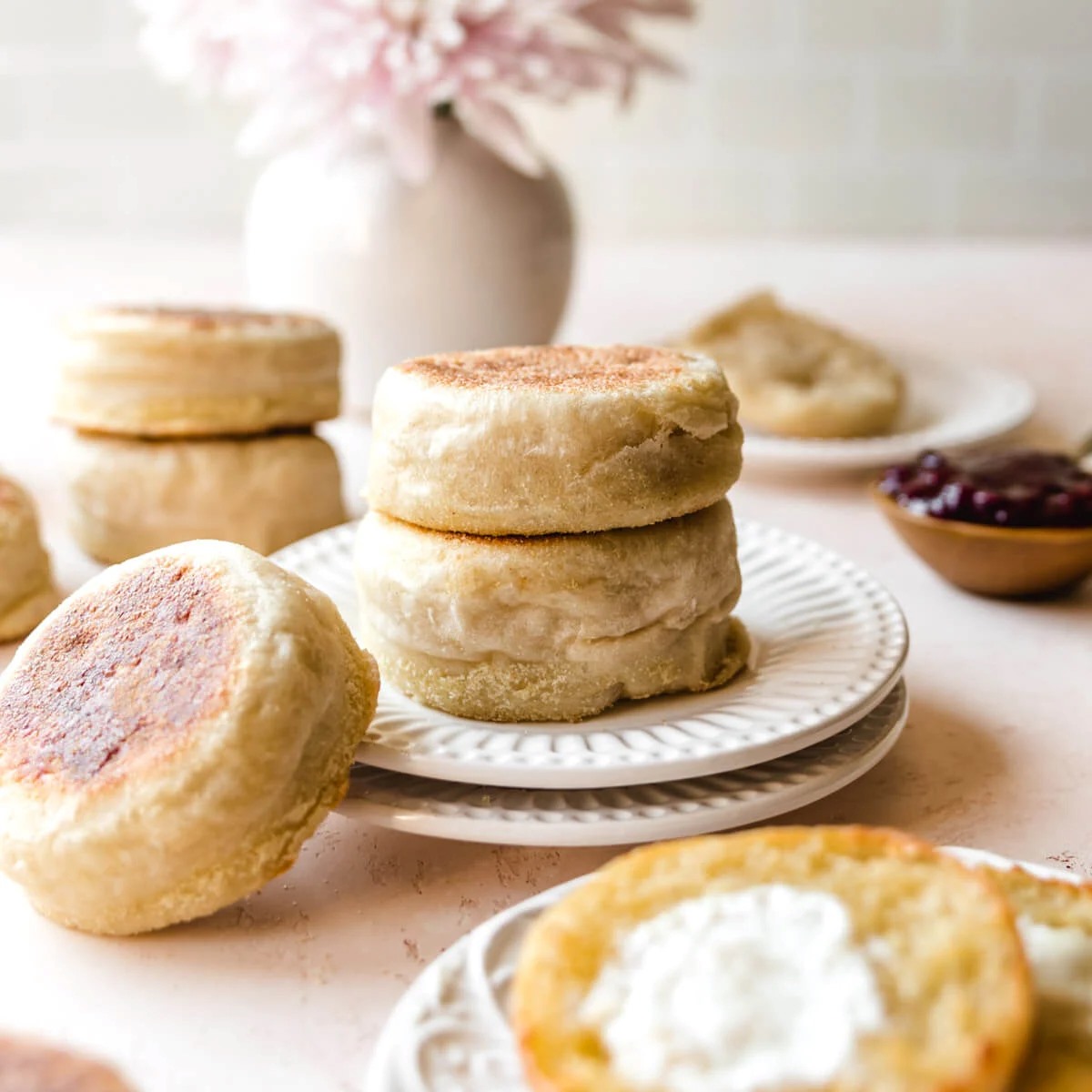


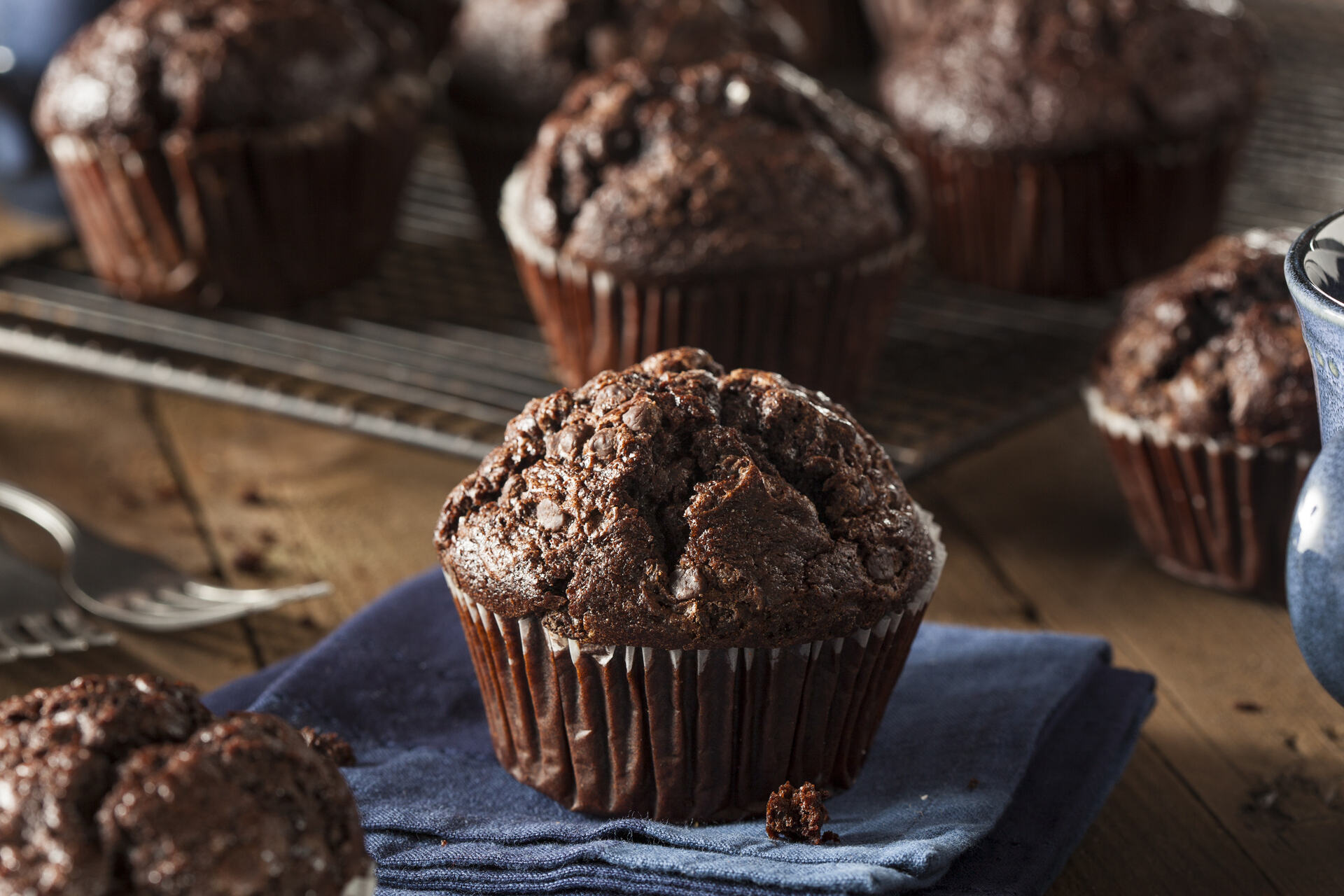

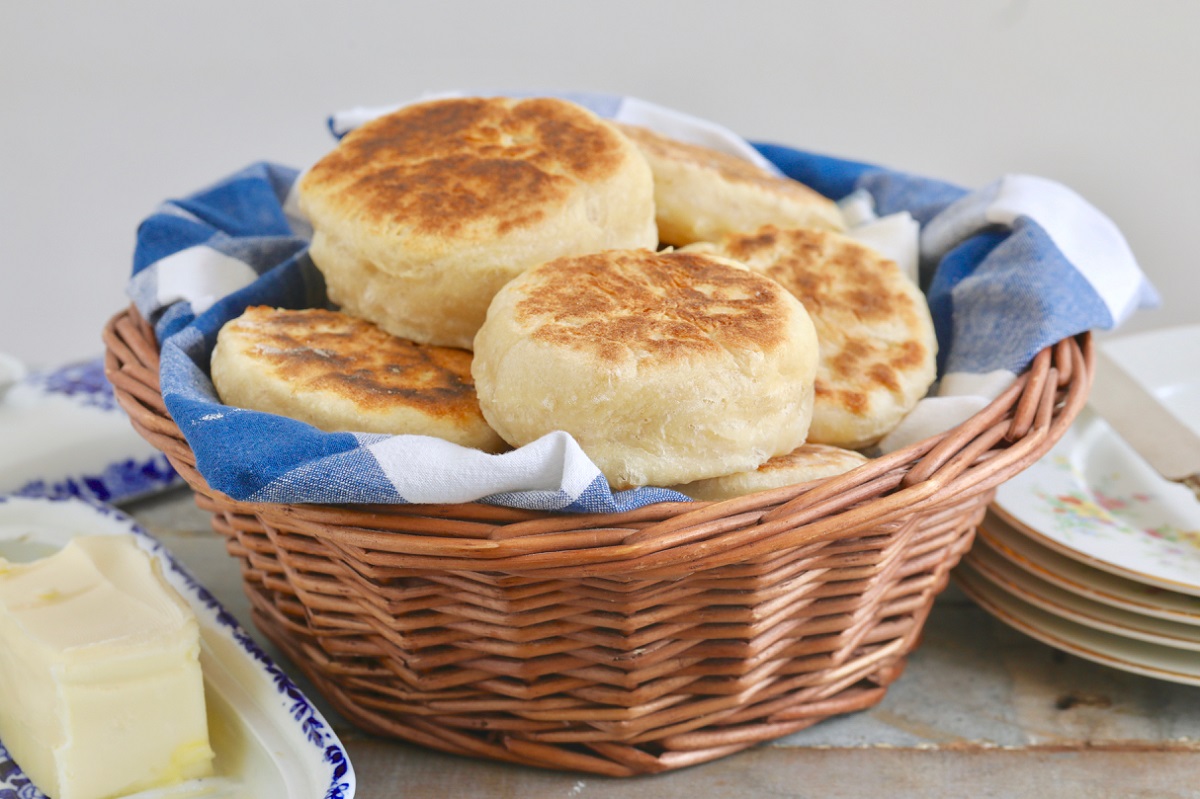
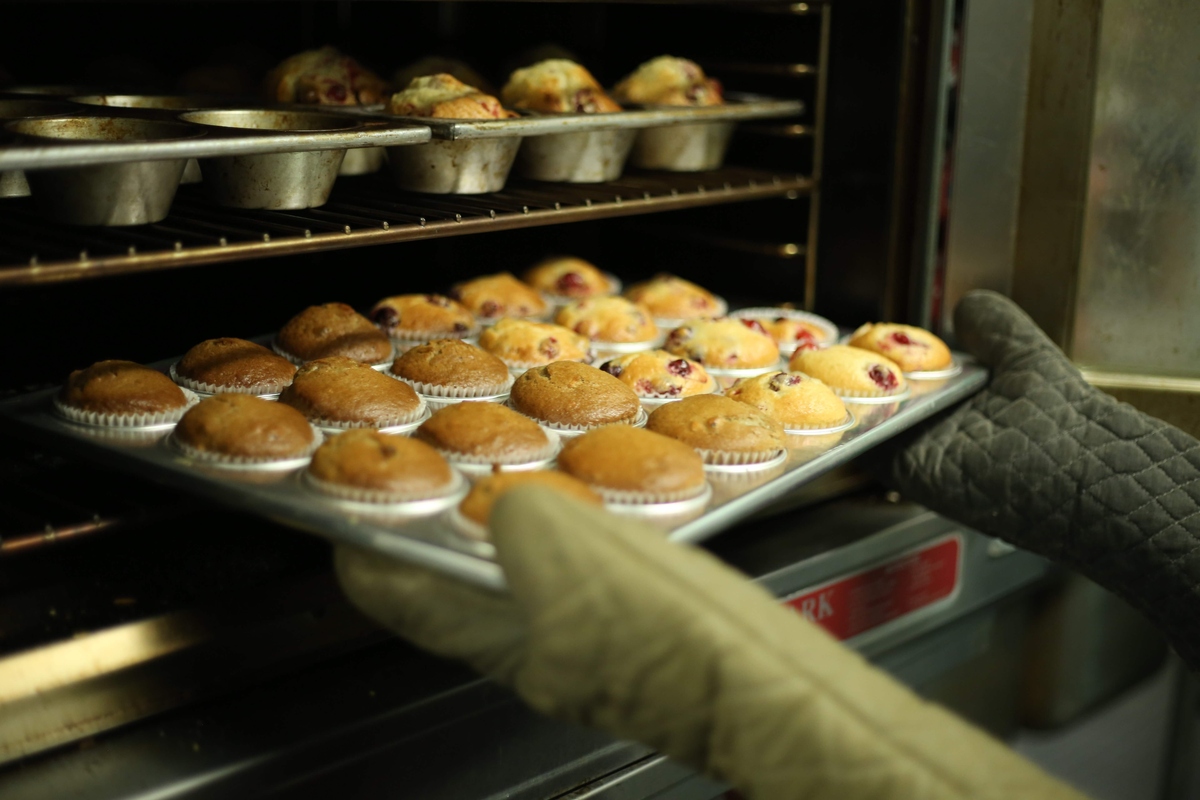


0 thoughts on “How To Store Muffins”